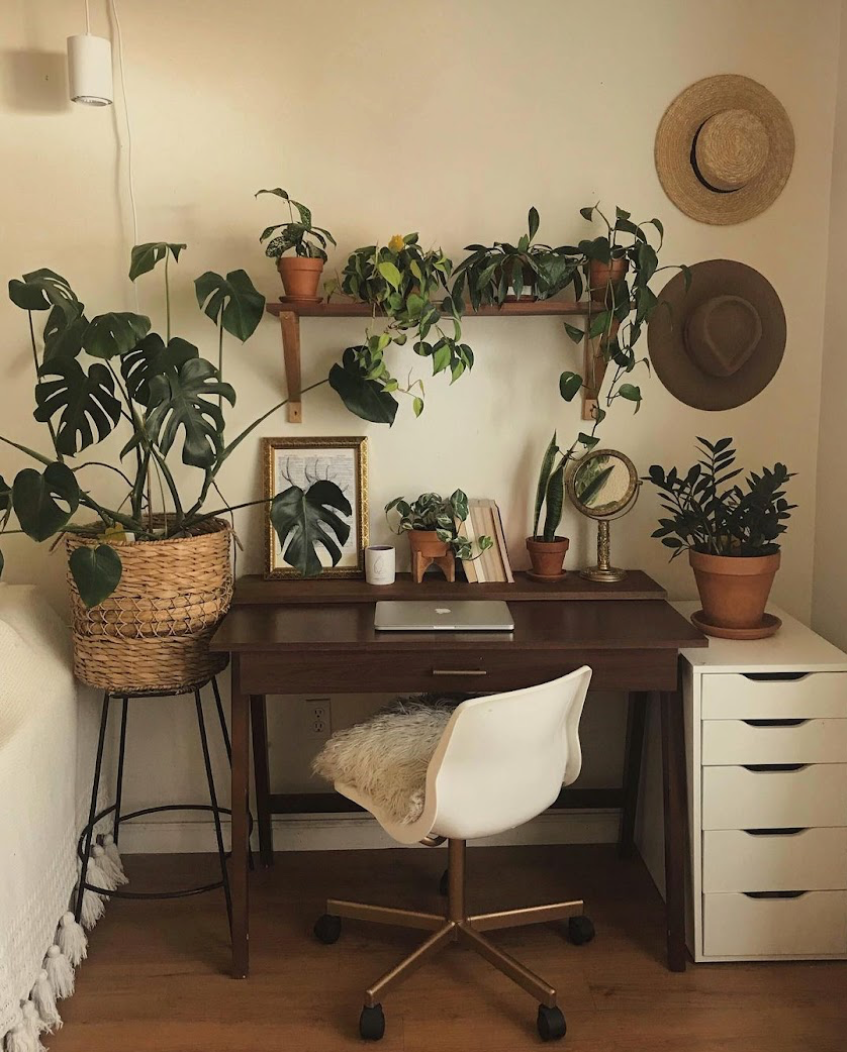
No, this article will not tell you how to find fortunes in tea leaves, unfortunately. The leaves in question are the living ones growing on your plants. Now, they may not reveal when you’ll fall in love, or get that promotion, but they may just save you from a plant funeral in the future.
Physical Damage
The first clue to look for is the day-to-day wear and tear impacting your plants. Leaves bruise, in much the same way an apple would if you dropped it. If the plant was recently transported or jostled around, this may have caused some mechanical damage. However, it is important to consider if there may be something causing repeated issues. Do you have a small child in the home who pulls at the branches of the plant, or possibly a pet who nibbles on the leaves? This could be causing a recurring problem.
It is also important to remember that root or stem damage can manifest in the leaves. While houseplants rarely have exposed roots, the foliage in your yard may be at risk. Consider if you have changed your maintenance habits regarding the upkeep of your yard, or evaluate any construction projects happening nearby, if the leaves on your plants begin showing signs of die back.

Over Fertilization
Remember, when it comes to plants, it is very much possible to love them too much. If your leaves are turning yellow and browning around the edges, an excess of fertilizer may be to blame. Fertilizers contain salt, which affects the microorganisms living in the soil. The plant may grow at an increased rate, but structurally the roots will not be able to support it. Remember, test to make sure your plant needs fertilizer in the first place. The likelihood of overfertilizing a plant is far greater than the chance of under fertilizing.

Pests
While over-fertilizing itself damages the plant, it also makes the plant more susceptible to damages from pests. It is likely you will be able to spot the telltale signs of these tiny culprits, as you will find them at the scene of the crime (on the plant). The best course of action when your plants have been invaded is to quickly quarantine the plant. Pests are quick to spread out, and even if one plant is lost, the whole garden does not need to be. After separating the affected foliage, identify the bug and find the best way to treat it.
Really, the best way to avoid a pest infestation is to take preventative measures. Regularly check for unwanted guests, and always be careful bringing new plants into the house in case they carry any hitchhikers. Leave them to sit separate from the other, established plants to ensure they are healthy before joining the others.

Temperature
Of course, the temperature can also be a very important factor in plant health. While your houseplants will hopefully be safe from the most extreme conditions, be sure to watch the weather for frost or heat warnings. Houseplants are more sensitive to the cold than most of the outdoor foliage in your garden, so you may notice their leaves curling, but they will recover by the time spring returns.
For more delicate foliage, if the leaves freeze and develop a slimy feel, they will not recover. However, if they are damaged but the whole plant is not entirely frozen, they may recover still! Saturate the soil with water, and otherwise let them sit at room temperature for at least a month before attempting any other care beyond watering.
Heat damage may be harder to target, as its tells vary depending on the severity of the conditions. In extreme cases, called heat stress, the plant can suffer stunted growth or even death. Water the plants deeply, and as with cold damage, do not prune the dead leaves. These will provide cover and shield new growth from the conditions. Otherwise, water your plants deeply and frequently.
Light
In terms of making your home the most hospitable place possible for house plants, you do have control over the temperature, as well as the light. Plants are susceptible to sunburn, much the way we humans are. Instead of red, they will become yellow or white. They may even become crispy and dried, if the situation is severe.
They can also suffer from too little light. A simple solution is to purchase a grow light for optimal conditions and overall plant health. While you can try and find the best times to leave a plant in a window to give the necessary amount and condition of sunlight, a grow light will allow you the most power to optimize a schedule for your plants exposure.

Watch your plants closely, and always try to read the signs. Often, these problems are fixed fairly easily, as long as you catch them early enough. Keep up to date with the simple signs, and run frequent checks on the status of your foliage, and you and your garden should be just fine. Happy Growing!




